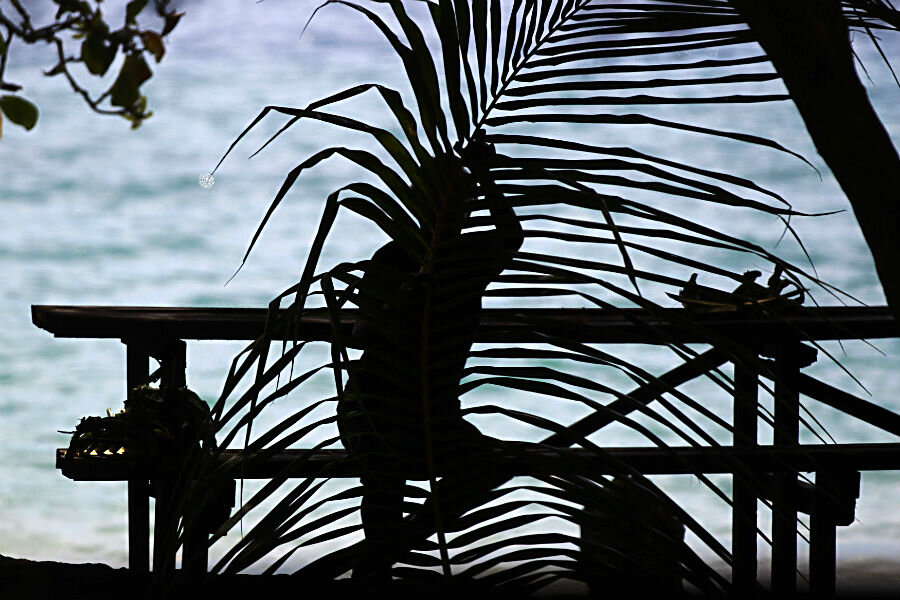Pacific islands, shorelines disappear due to climate change
Loading...
Changes in the global climate may have led to the loss of multiple islands and shorelines in the Solomon Islands, according to a recent study examining the impact of sea-level rise on the Pacific archipelago.
A team led by University of Queensland researchers sifted through nearly seven decades' worth of historical imagery and local knowledge of 33 South Pacific reef islands, including five that completely vanished between 1947 and 2014, as well as six with "severe shoreline recession" of more than 20 percent – two of which have been emptied, after recession destroyed villages and forced their inhabitants to relocate.
"The sea has started to come inland, it forced us to move up to the hilltop and rebuild our village there away from the sea," Paurata tribe chief Sirilo Sutaroti told the researchers, who published their findings in the journal Environmental Research Letters on May 6.
Previous studies on the effects of sea level rise on islands and coasts have varied, with some pointing to reef islands' resilience to rising waters or their propensity to grow in size in the face of submersion.
But studying the Solomon Islands, a "sea-level rise hotspot," gave scientists a heightened sense of how rising waters could end up affecting coasts around the world.
The researchers examined two distinct areas: northern Isabel Province, whose islands had experienced the most loss, and the Roviana area in the Western Province, with an even mix of islands that either slightly grew or eroded. Determining why those two sections had developed differently is an important piece of the puzzle for fighting changing seas' future impact on island communities, the team writes.
"Climate change induced sea-level rise is anticipated to be one of the greatest challenges for humanity over the coming century," according to their study.
While most of the examined sites were uninhabited or lightly populated, the Solomon Islands are home to the first Pacific Island provincial capital to be forced to move due to the rising sea: Taro Island's Choiseul, home to around 1,000 residents at the time of its relocation. Choiseul's migration also kicked off other communities' decisions to embark on a "migration with dignity," according to Reuters. Papua New Guinea's Han recently moved 2,000 people from an islet to the mainland three hours away.
The loss of shelter for marine plants and animals in the region can cause significant losses for those organisms as well. The researchers wrote that the erosion of coastlines and landmasses has led to "unprecedented threats to the biota on these fragile islands and the subsistence communities who inhabit them."
The issue is not unique to the Pacific, either. While the Solomon Islands are home to some of the largest annual sea level rise recordings in the world, global waters continue to rise as well. The phenomenon recently resulted in what will soon be the first climate displacement in the United States, after the government granted $48 million to a sinking Louisiana community in order to relocate it.
The Solomon Islands and other Pacific territories were signatories of the Paris Agreement ratified last month by 177 representatives from around the world, in an effort to curb global emissions and individual countries' effects on climate change.
While the researchers came out of the Solomon study without a concrete answer to the global connection between sea level rise and climate change, they do believe that conditions will eventually worsen.
"In the short term things may stabilize," UQ research officer and lead study author Simon Albert told The Washington Post, but "the rates we have recently seen in the Solomons will be experienced globally in the second half of this century."








